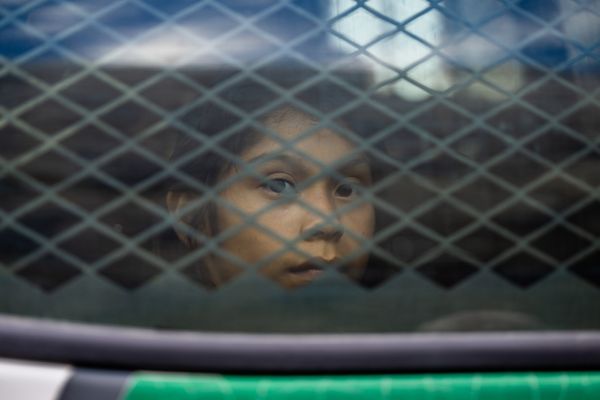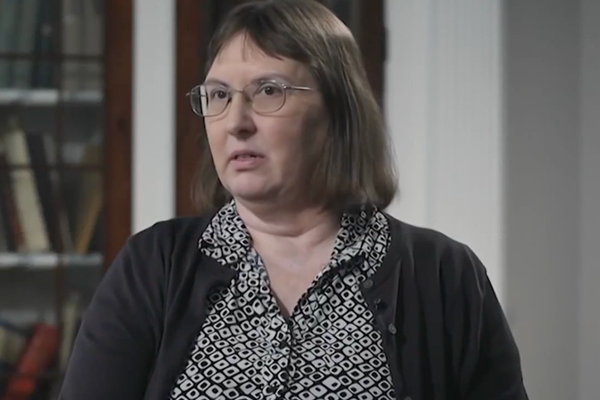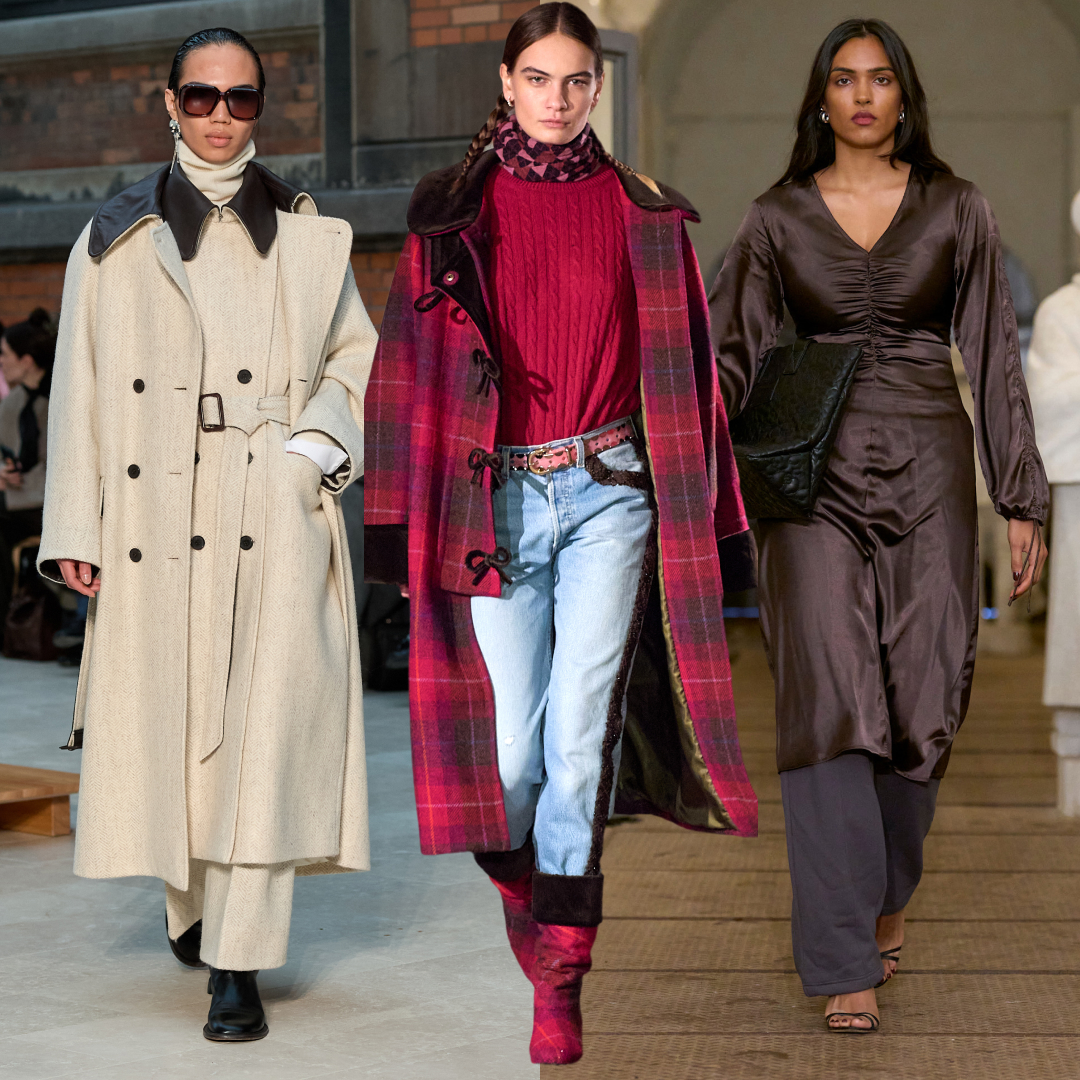
From my seat in the front row, Caro Editions' Fall 2025 collection skyrocketed in my rankings of the best of Copenhagen Fashion Week collections on looks alone. There were sumptuous plaid coats with coquette bow closures; '80s-inspired drop-waist velvet dresses; and glitter-threaded tweed heels and boots to match each one. Designer Caroline Bille Brahe described the collection as "free-wheeling" yet "self-assured." Combining heavy-duty outerwear and suiting with upbeat plaids in shades of magenta, royal blue, and mossy green, she produced a collection with "serious intent and joyful outcome." I wanted to buy it all.
Then I glanced again at the show notes, and caught another manifestation of Bille Brahe's serious-yet-joyful ethos. Those boots I was falling head over heels for? They were crafted from deadstock Chanel tweed.
Sustainable touches like these came up again and again throughout Copenhagen Fashion Week's Fall 2025 season: surprising details that showed designers' crafty balance of staying eco-conscious and true to their identities. It's a one-two punch with major impact in today's fashion industry.
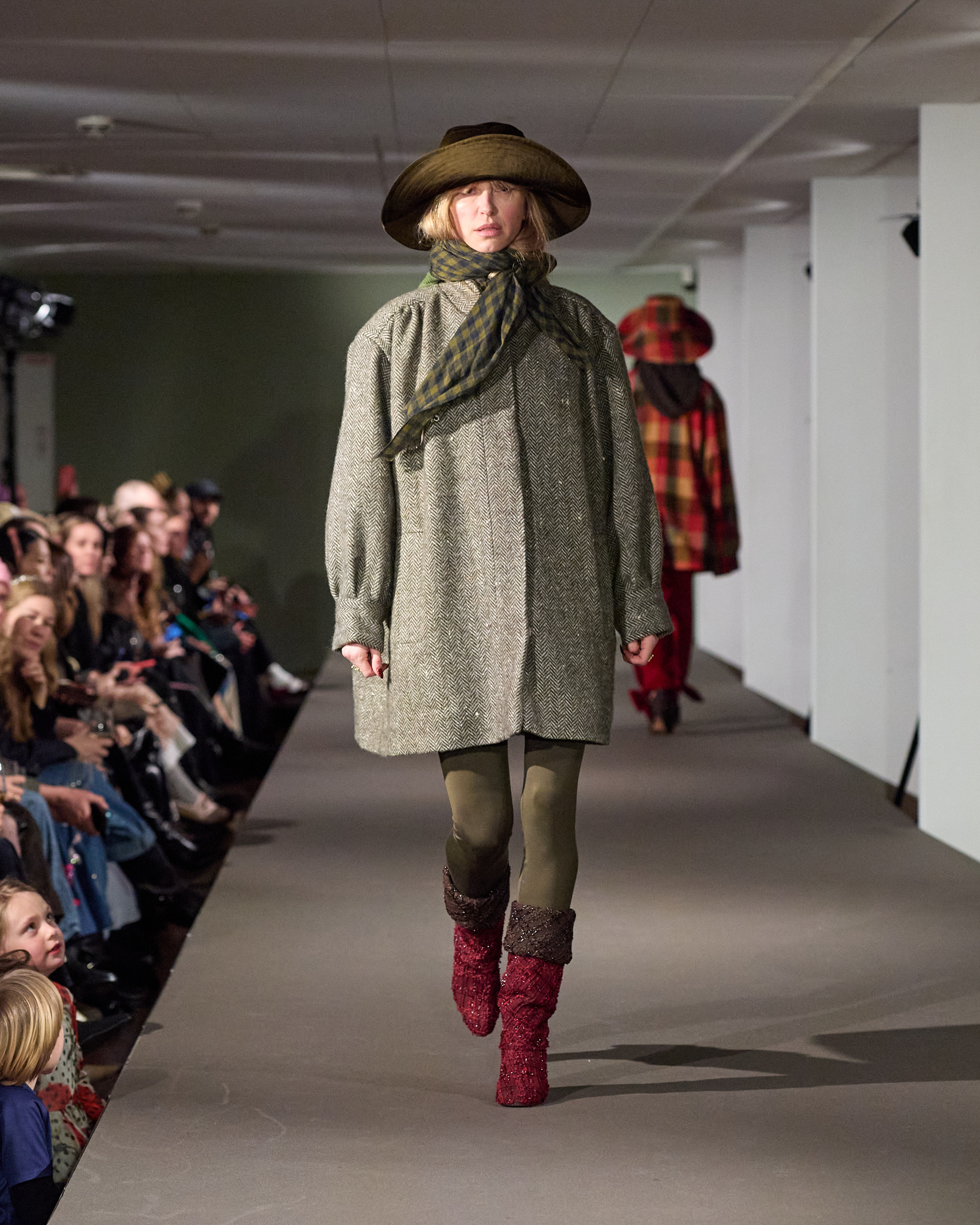
Copenhagen Fashion Week introduced sustainability requirements for all participating designers back in 2023, guidelines that include audits on labels' supply chains, collection materials, and workforces. Two years later, the Fall 2025 season arrived against a backdrop rendering sustainable design standards all the more important. 2024 was the hottest year on record; in spite of science supporting the climate crisis's acceleration, the United States had pulled out of the Paris Climate Agreement, an international commitment to lowering emissions.
For Copenhagen Fashion Week's organizers, these circumstances were a sign "business as usual" couldn't go on. "This should be a reminder to everyone that change is not optional. It’s essential," CEO Cecilie Thorsmark said during opening remarks. "And while change may not be enforced upon us, we need to make the change ourselves. In our personal lives and in our businesses, we need to act."
Designers heard her message loud, clear, and still without any obvious compromises. This season, action took the form of smaller, more considered collections that still remained true to what women really want. Caro Edition's playful checked coats and coordinating deadstock tweed footwear were standout examples; so were the tightly-edited looks at Aiayu. Creative director Maria Høgh Heilmann showed a limited range of chicly understated sweaters and mini skirts—and then showed them again, layered up with an extra coat or blazer.
Her show was a clever interpretation of how shoppers actually style a runway piece in real life. "It’s all about getting close to the natural materials, zooming in on the delicate details of it, allowing their purity to truly shine," Heilmann said in a statement.
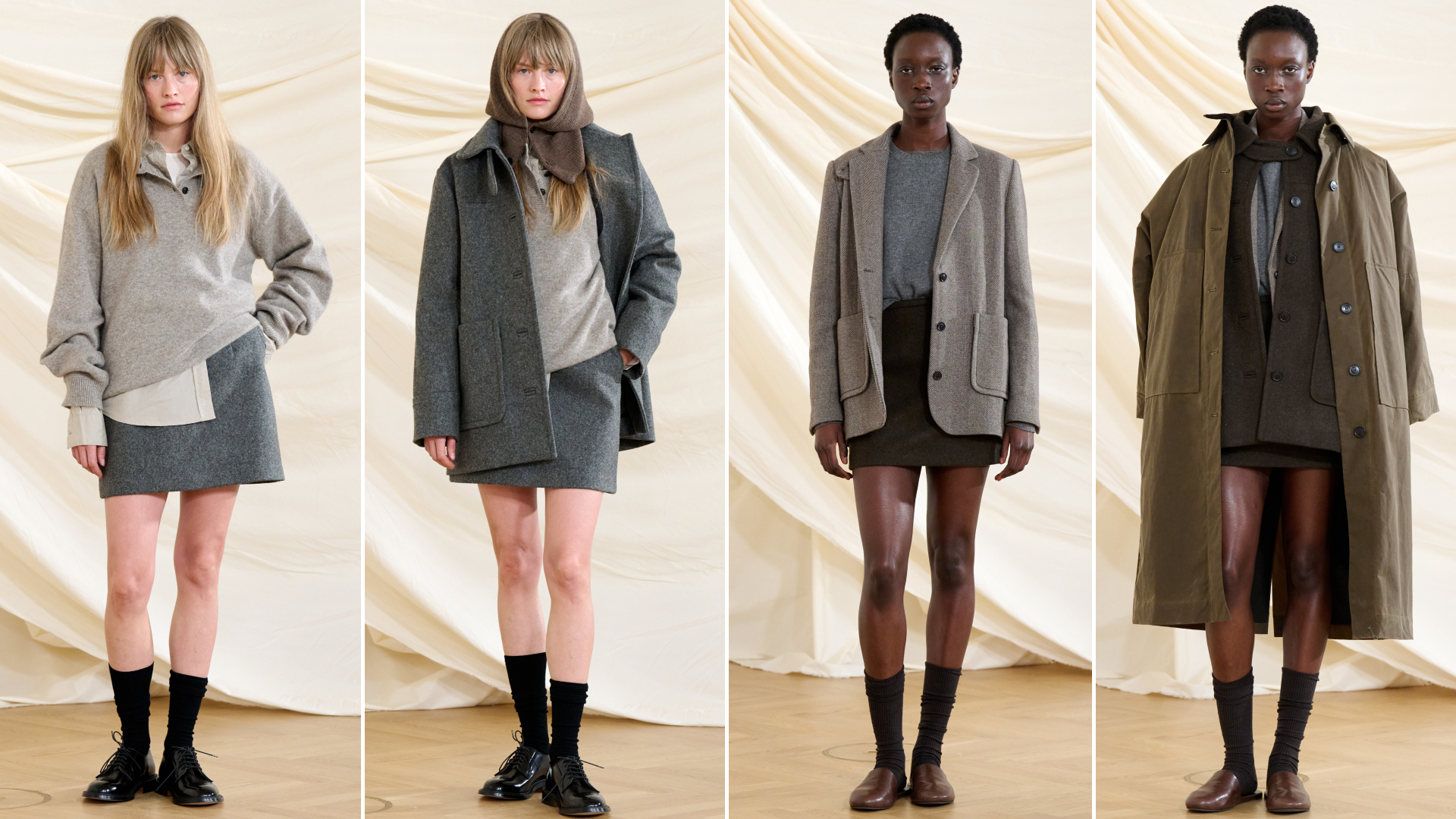
Throughout the week, designers showed it was possible to remix 2025's biggest fashion trends and look relevant while following sustainability codes. Baum Und Pferdgarten's "Heartbeats" collection mixed English countryside outerwear and sporty-chic matching sets, with its signature injections of sequins and semi-sheer mesh. Skall Studio picked up the same modern horse girl agenda with delightful pink barn jackets and collarless coats. Stine Goya, hosting editors at an art exhibition curated by its namesake designer, blended painterly floral windbreakers and maxi dresses with three-piece skirt-over-pant suits. MKDT, the brand I overheard the most editors and buyers fawning over, elegantly layered rich-girl neutral knitwear and heavy-duty coats. Each of these women-led labels stayed true to the vision they've honed for seasons; their presence on Copenhagen's calendar says they did so with eco-friendly materials at the fore.
Consistent with past seasons, designers didn't trade sustainability for representation (or just plain good clothes). Size-inclusive models were present in every show I attended—and not merely as a single token casting. Ages and ethnicities were also more varied that I've ever seen in New York or Paris. Clearly, this calendar's players had found a way to make their aesthetic vision one that was representative and sustainably sourced as well. What's everyone else's excuse?
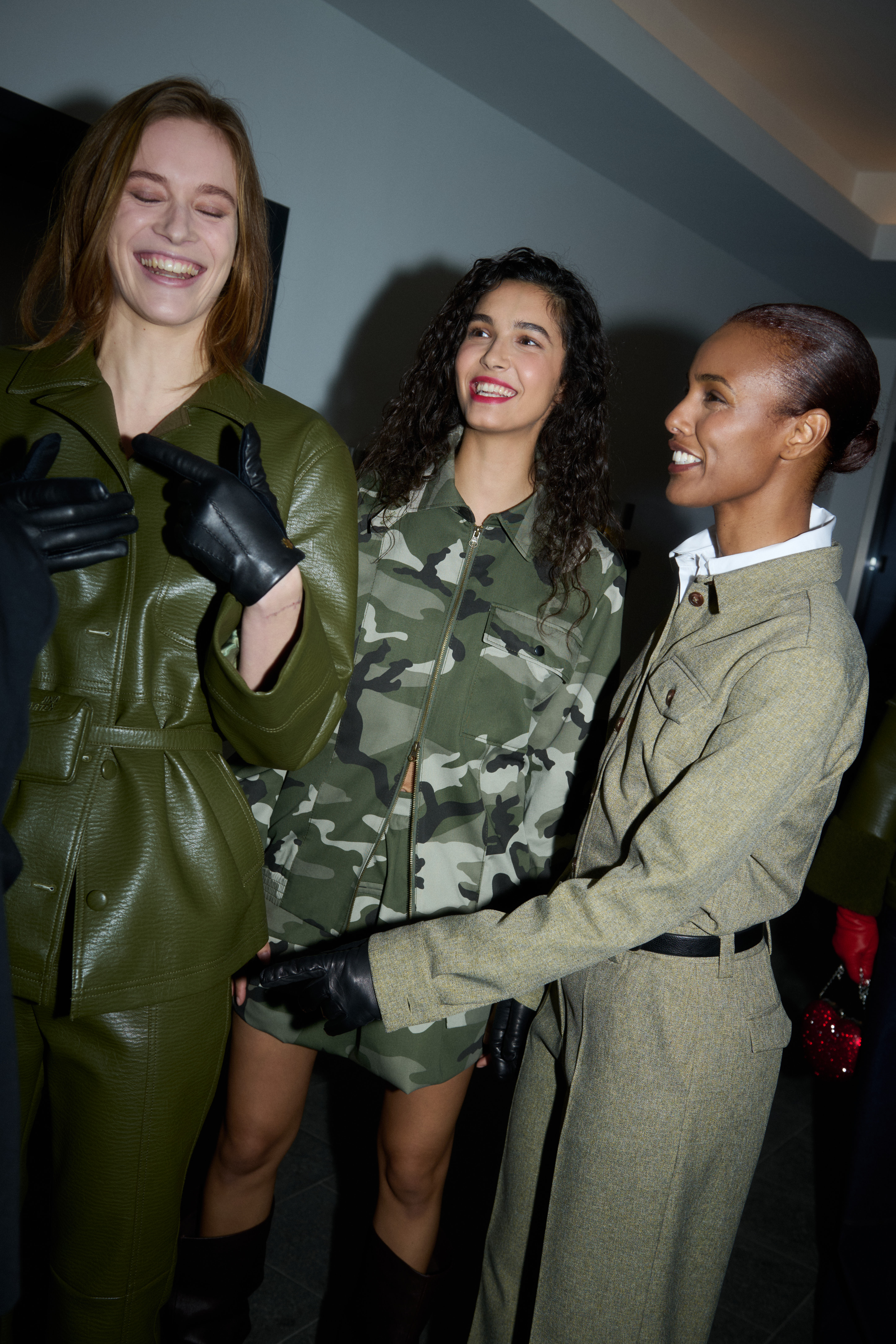
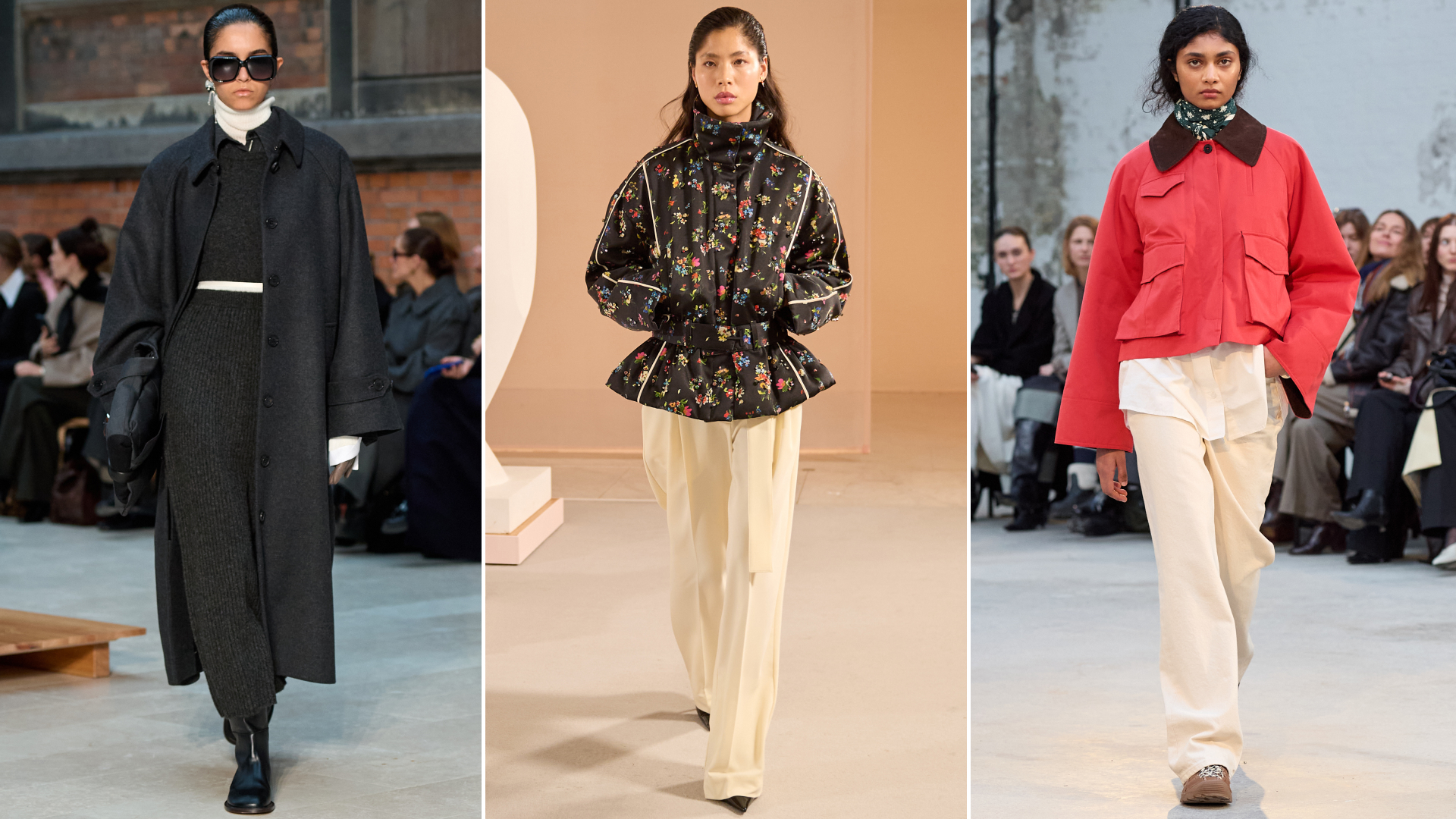
For all the Fall 2025 collections got right, there's still work to be done. Thorsmark noted in her remarks that Copenhagen's sustainability requirements are a "foundation not a finish line." The fashion industry is much bigger than one forward-thinking market, after all. There's promise in the British Fashion Council's recent announcement that London Fashion Week will adopt the same sustainability standards, but three more major fashion capitals, and off-season shows, have yet to join in. Then there are the hundreds of labels that don't participate in fashion month at all—and don't have sustainability measures in place, either.
Fashion industry insiders contemplating what the rest of the season will bring—and whether it will move in a more sustainable direction—got a pointed question from the Caro Editions' show's soundtrack. "Candidly," the singer asked over a thrumming base line as models strutted by in their deadstock boots, "don't we all hope for the best?" I say yes. And, it's about time other markets started designing like it.




